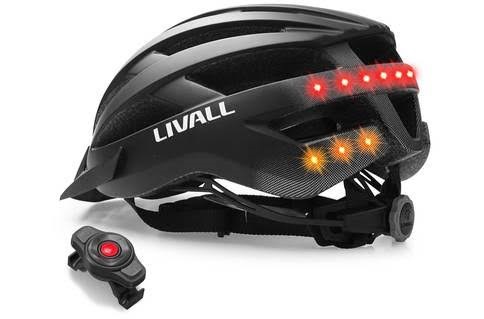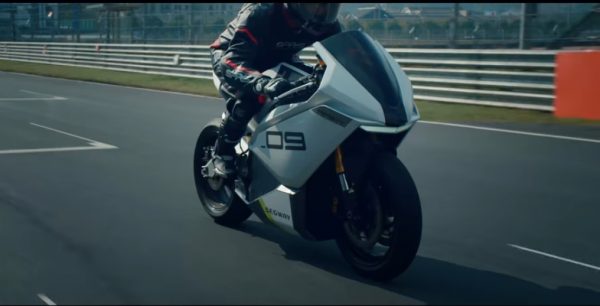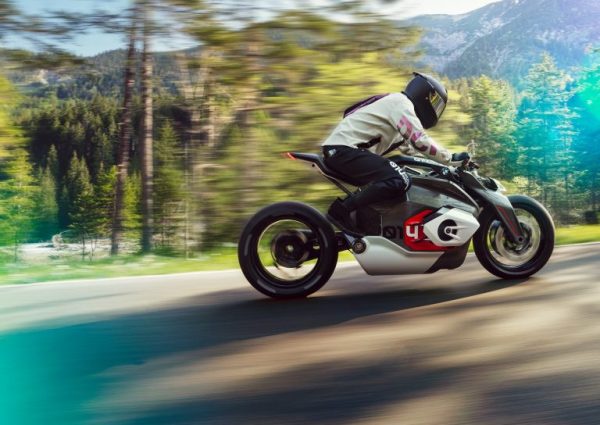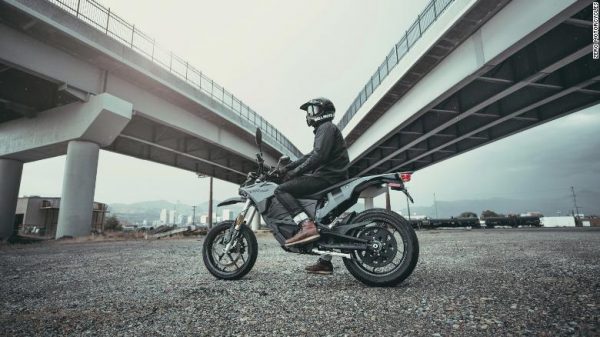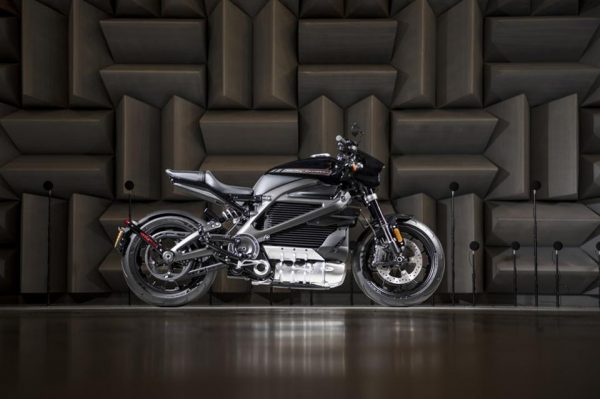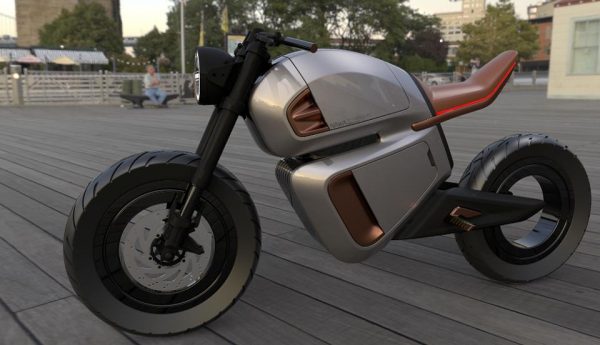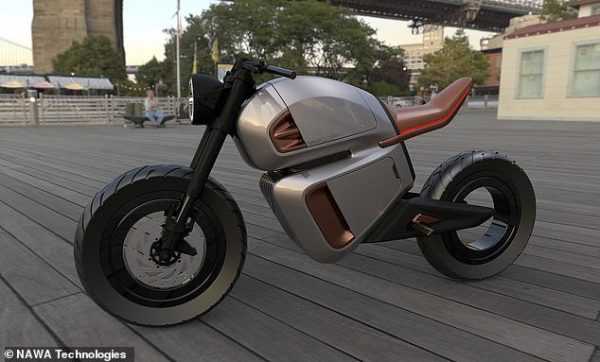LIVALL Launches and Debuts New Smartphone-Connected Cycling Safety Helmet at 2020 International CES
With smart lighting, hands-free operation, fall detection, voice navigation, SOS alarm, and more, the breakthrough new LIVALL BH51M Neo helmet is a quantum leap forward in safety and protection for cyclists LAS VEGAS, Jan. 02, 2020 (GLOBE NEWSWIRE) — CES (#44513, Hall D, Sands) – LIVALL, a pioneer in smart and safe helmets for cyclists and outdoor enthusiasts, today announced the U.S. product launch and debut of the BH51M Neo to their current line of award-winning smart and safe helmets at the 2020 International CES. In booth #44513, Hall D, Sands LIVALL will demo and showcase their entire line of helmets during the duration of CES from January 7–10, 2020. LIVALL’s helmets combine visibility with connectivity for commuter and leisure cyclists. The company’s newest smartphone-connected helmet specifically addresses the needs of E-Bike, E-scooter and Electric motorcycle riders. LIVALL’s RS1 helmet is a smart helmet specifically designed for skiing, snowboarding, and other outdoor winter activities. Debuting in the U.S. at CES, the new BH51M Neo, is a robust, waterproof, fashionable smart helmet that is simple-to-use, comfortable, and packed full of genuinely useful smart tech, including all the existing features of its multi-award-winning predecessor, the BH51M. “We are delighted to debut this game-changing new connected smart helmet at CES 2020; a show that has evolved to become the perfect fusion of technology and mobility in recent years,” said Bryan Zheng, Founder and CEO, of LIVALL. “In all facets of transportation safety is the preeminent concern, and this is especially true for cyclists who are exposed and constantly in harm’s way. LIVALL aims to create a safe cycling ecosystem; for us, safety is the ultimate luxury. The new BH51M Neo represents a quantum leap forward in safety and protection for the everyday cyclist, and all of us at LIVALL are proud to bring […]

